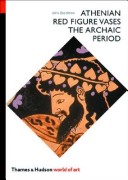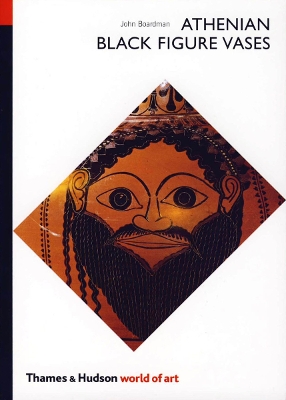World of Art S.
4 total works
First published in the early 1960s, this history of Greek art has been enlarged and rewritten. It takes into account new finds as well as new ideas and attitudes to the subject, and emphasizes that Greek art should be seen in its proper context, not that of galleries and museums.
Athenian black figure vases bear the work of consummate artists, like Exekias, who depicted on them scenes of myth and everday life which deepen our knowledge and understanding of Greek antiquity.
John Boardman enables the reader to study the many aspects of the vases, and to grasp the essential style of a painter or group of painters, without having to consult a number of expensive, and not always easily available, publications.
A final section is devoted to the mythological scenes and other decorative features of the vases.
John Boardman enables the reader to study the many aspects of the vases, and to grasp the essential style of a painter or group of painters, without having to consult a number of expensive, and not always easily available, publications.
A final section is devoted to the mythological scenes and other decorative features of the vases.
For many people there is no more satisfying expression of Greek art than its sculpture. It was the first, the only ancient art to break free from 'conceptual' conventions for representing men and animals, and to explore consciously how art might imitate nature or even improve upon it.
The first stages of this discovery, from the semi-abstract beginnings in the eighth century BC to the more representational art of the early fifth century, are explored and copiously illustrated in this handbook.
The first stages of this discovery, from the semi-abstract beginnings in the eighth century BC to the more representational art of the early fifth century, are explored and copiously illustrated in this handbook.


